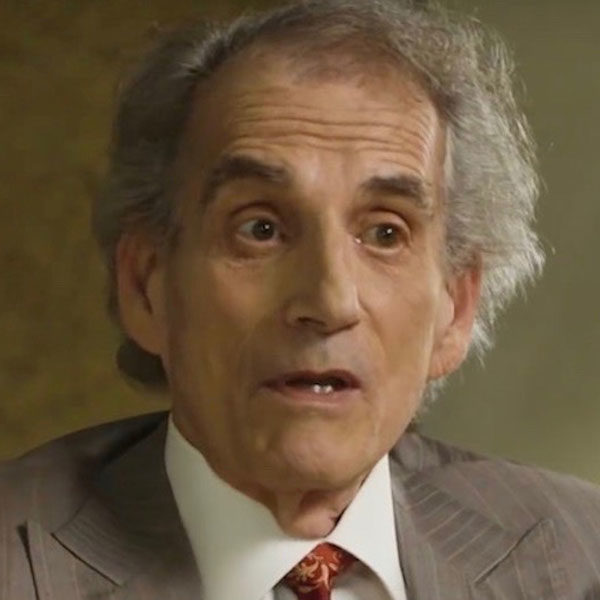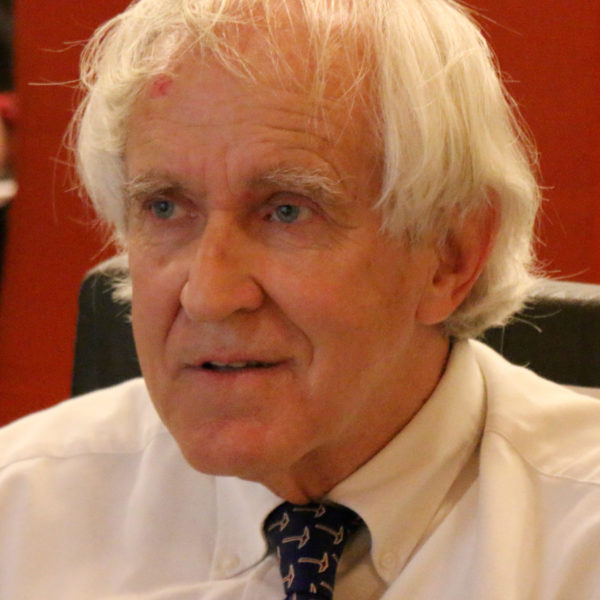At the Daily Mail last month, Wiliam Hunter reports on a recent study of 48 near-death experiences:
Some participants described seeing heavenly beings, while one even said they experienced a terrifying journey into a black hole.
Others, meanwhile, described grand visions featuring religious figures and profound emotional experiences.
For example, one participant told scientists: ‘There were stone stairs on the left in front of me, and Jesus was toward the top, wearing a white robe,’ while another described how ‘God appeared as a great light in the distance’.
Yet some people’s visions of the afterlife were far more fantastical, featuring bizarre elements that you wouldn’t find anywhere in the Bible.
“What REALLY happens when you nearly die,” October 24, 2025
The variety is what we might expect. People try to describe things they never experienced before in terms they themselves understand.
The Geometry of “Near Death”
The authors are developing a hypothesis that there is a geometry to near-death experiences. From the preprint paper:
While most studies rely on narrative accounts, little attention has been given to graphic representations as a complementary mode of investigation. This study employs a hybrid approach combining a semi-structured digital questionnaire with a graphic reconstruction task.
Architecture of Near-Death Experience Spaces, France Lerner, Guillaume Tahar, Netta Shafir bioRxiv 2025.10.17.682526; doi: https://doi.org/10.1101/2025.10.17.682526
Hunter tells us, “Interestingly, the researchers found that people typically progressed from an A-shape to a C5-shape experience as their NDE progressed, suggesting that they share the same physical cause.” Maybe.
In closing,
Dr Lerner explained that the shape of an NDE was caused by the way our visual field changes when the brain starts to shut down.
Importantly, she says this doesn’t imply that there is a separate soul or that our consciousness is capable of somehow leaving the body.
“When you nearly die”
She’s right. Evidence for the soul leaving the body is primarily based on veridical near-death experiences; that is, the clinically dead experiencer reports seeing things that are later verified by others. That’s harder to account for based on claims about the brain.
Simplistic Efforts to Debunk NDEs Persist
Earlier this year, Ken Drinkwater, a Manchester Metropolitan University doctor of psychology, told Neil Shaw at the Mirror,
Ken said neuroscientists Olaf Blanke and Sebastian Dieguez have proposed two types of near-death experiences. Type one, which is associated with the brain’s left hemisphere, features an altered sense of time and impressions of flying. Type two, involving the right hemisphere, is characterised by seeing or communicating with spirits, and hearing voices, sounds and music.
He said: “While it’s unclear why there are different types of near-death experiences, the different interactions between brain regions produce these distinct experiences. The temporal lobes also play an important role in near-death experiences. This area of the brain is involved with processing sensory information and memory, so abnormal activity in these lobes can produce strange sensations and perceptions.”
“I’ve researched near-death experiences, and this is what’s really going on,” June 13, 20025
The difficulty with this sort of explanation is that when many near-death experiences occur, the brain is clinically dead. These parts of the brain are not functioning. In the famous Pam Reynolds case, all the blood had been drained out of her brain in order to repair an aneurysm so there was no basis for function at all.
The first rule of a scientific approach to near-death experiences should be to take seriously what is happening before rushing in with a “science can explain this” hypothesis. Failure to do that is a setup for inadequate explanation.
For example, Drinkwater cites shortage of oxygen to the brain as a cause of NDEs. In The Immortal Mind, neurosurgeon Michael Egnor notes,
Could brain oxygen shortage (hypoxia) produce near-death experiences, as some claim? Generally, hypoxia produces intense agitation, fear, and confusion, as well as lethargy, irritability, and inability to concentrate, not the peace and clarity of NDEs… Over 74 percent of 1,122 NDErs surveyed said they had “more consciousness and alertness than normal”; only 5 percent said they had less. So what they experienced is the opposite of what we see in typical low-oxygen states of the brain. Anyway, the oxygen levels of dying patients who have near- death experiences have turned out to be higher than those of patients who don’t have them. Blood carbon dioxide levels were the same. So NDEs are not really about shortage of oxygen to the brain.
Endorphins and Ketamine
Drinkwater also cites a high level of endorphins or ketamine as possible causes.
Egnor on endorphins:
But the timing doesn’t work. The course of near-death experiences is often very quick, but endorphins and enkephalins have relatively long half-lives; they decay slowly over minutes or hours. Therefore, the experiences they induce would tend to dissipate only very slowly. In near-death experiences, pain and uncomfortable feelings return instantly when the soul reenters the body.
And ketamine?: “Ketamine is more likely to cause what doctors call an ’emergence’ reaction. That just means a state of great confusion, which the patient experiences as very unpleasant. We do not currently know if the brain even produces ketamine. Any such acute dysfunction of the brain during the dying process would result in confusion, not in the usually reported clarity.”
In other words, there is a reason that many medical researchers are now taking near-death experiences and their implications more seriously than they used to — a growing body of evidence that can’t just be waved away. Simplistic attempts to explain it all away now begin to sound like a sign of weakness on the part of the skeptic.
Cross-posted at Mind Matters News.








































